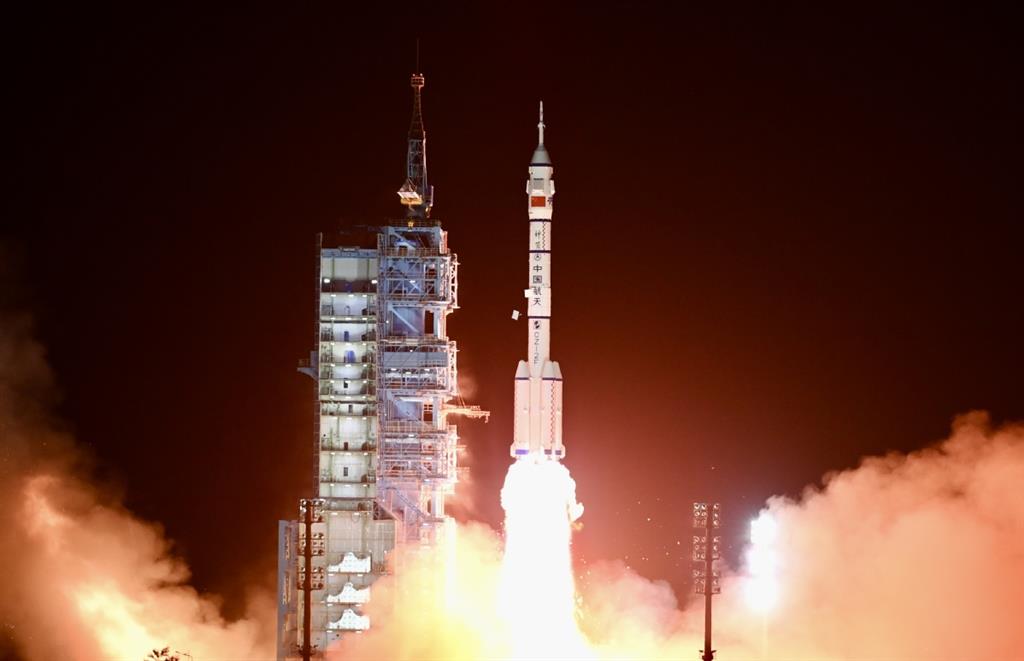According to Lin Xiqiang, vice director of the Manned Space Flight Agency, the launch is scheduled for 09:31 local time from Jiuquan (in northwest China). The vehicle will automatically dock with the central module of the station.
Moreover, Lin reported that China welcomes foreign taikonauts (the Chinese word for astronaut) on missions to its space station and also plans to send a crew to the Moon before 2030 with the aim of carrying out scientific explorations, walks and testing the use of different technologies.
The taikonauts will remain on board for the next five months. The crew is comprised of a pilot, a flight engineer and a help-load expert. They will be tasked with monitoring the docking and evacuation processes in the space station, which is in the midst of its application and development phase.
The current crew’s predecessors were the first to verify the Tiangong’s ability to accommodate the rotation of different crew members; last November they shared it with the members of the Shenzhou-14 mission, and from May 30th they will hand it over to the members of the Shenzhou-16 mission.
The Tiangong station will operate in low Earth orbit at an altitude between 340 and 450 kilometers. It is designed to have a 10-year lifespan, although experts believe it could last more than 15 with proper maintenance and repairs.
Starting in 2023, the station will begin to receive deliveries from international projects selected by the country, the United Nations Office for Outer Space Affairs and the European Space Agency.
jrr/llp/jf/ymr









